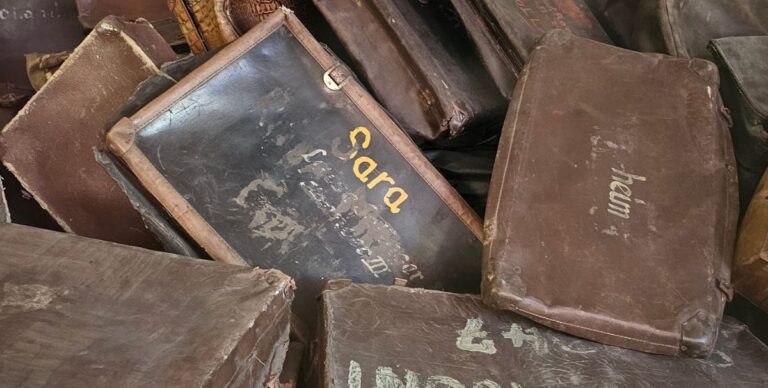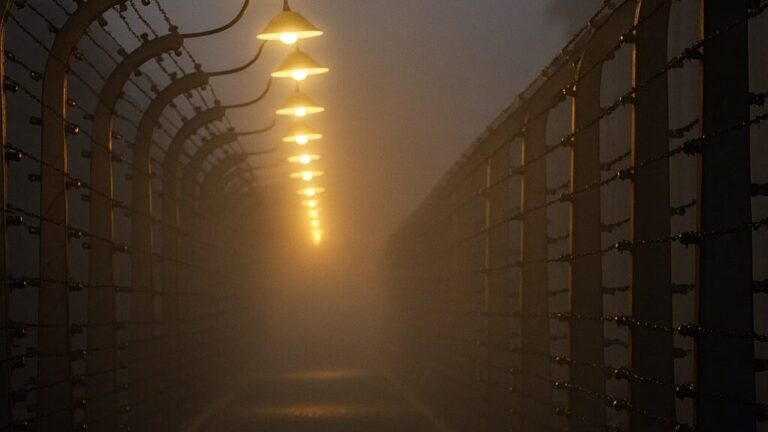Learn about the historical background of the Auschwitz-Birkenau Memorial. This section explores the origins of the camp, its role during World War II, the lives of its prisoners, and how it became a place of memory and reflection. Here you’ll find articles based on facts, testimonies, and archival research.
Auschwitz escape 20 June 1942: SS uniforms and a stolen car
Auschwitz escape 20 June 1942 refers to a bold getaway by four Polish prisoners who drove out of the camp in SS uniforms using a stolen car. It is one of the best-documented cases of an escape from Auschwitz. This…
Auschwitz II-Birkenau: layout, function, deportations and selections
Auschwitz Birkenau (Auschwitz II) was the largest part of the Auschwitz complex and the main site of mass deportations, selections and murder. This hub explains what Birkenau was, how its sectors and facilities were organised, what happened on the ramp,…
When was Auschwitz liberated? Liberation and the memory of 27 January
When was Auschwitz liberated? On 27 January 1945 units of the Red Army entered the camp complex near Oświęcim, revealing to the world the scale of Nazi crimes. This article explains what happened in January 1945, what liberation meant for…
Victims and Survivors of Auschwitz: Numbers, Sources, Testimonies
Auschwitz victims and survivors are counted on the basis of many different sources rather than a single complete list. This overview explains what the sources are, how estimates are built, what we know about the murdered, and what historians mean…
Auschwitz resistance: escapes, underground networks and the 1944 revolt
Auschwitz resistance is the term used for clandestine networks, escapes and acts of solidarity inside the camp complex. This article explains what resistance meant in practice – how prisoners organised, what risks they faced and why the 1944 Sonderkommando revolt…





